science

IGI and University of Naples Federico II to present in Italy on July 22
The International Gemological Institute and the University of Naples Federico II, the oldest public non-sectarian university in the world, will collaborate on a presentation at the 3rd National Diamond and Colored Gems Conference in Bari, Italy on Thursday, July 22.
Read more »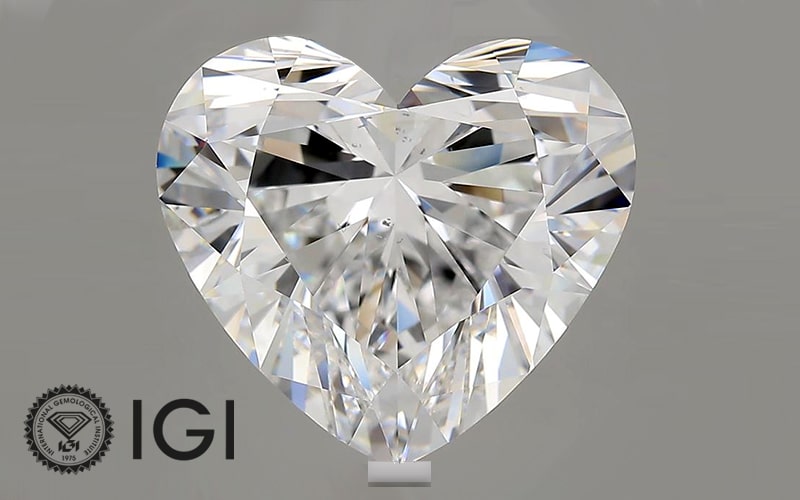
IGI Certifies 10 carat Heart Shaped Lab Grown Diamond
IGI’s laboratory in Mumbai, India, recently graded a large, heart shaped laboratory grown diamond. The choice of fancy shape, top color grade and exceptional craftsmanship combine to make this large, heart-shaped specimen unique.
Read more »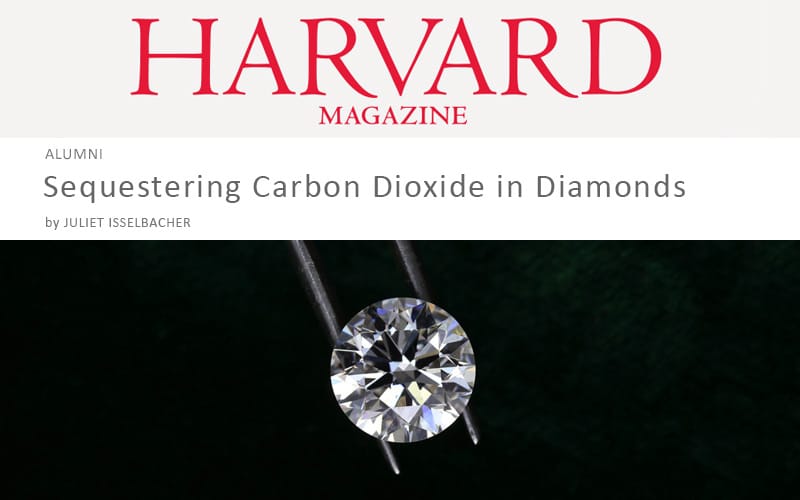
Harvard Magazine reports on IGI Certified Aether Diamonds
Harvard Magazine, a publication founded by university alumni more than 100 years ago, recently published a piece covering Aether Diamonds, a company founded by 2011 Harvard University graduate Bob Hagemann which uses IGI’s certification services.
Read more »
News: IGI Uncovers Largest Misrepresented Lab Grown Diamond
A 6.18 carat loose, round brilliant cut diamond submitted to IGI’s Thailand laboratory for verification purposes was discovered to be laboratory grown, despite the fact that it was accompanied by a natural diamond grading report.
Read more »
Princess Cut Secrets – REVEALED
Under store spotlights one princess can sizzle with electric white scintillation, while a second princess boils with big, colorful flashes. Others fall somewhere between. Why the differences? The secret is revealed within.
Read more »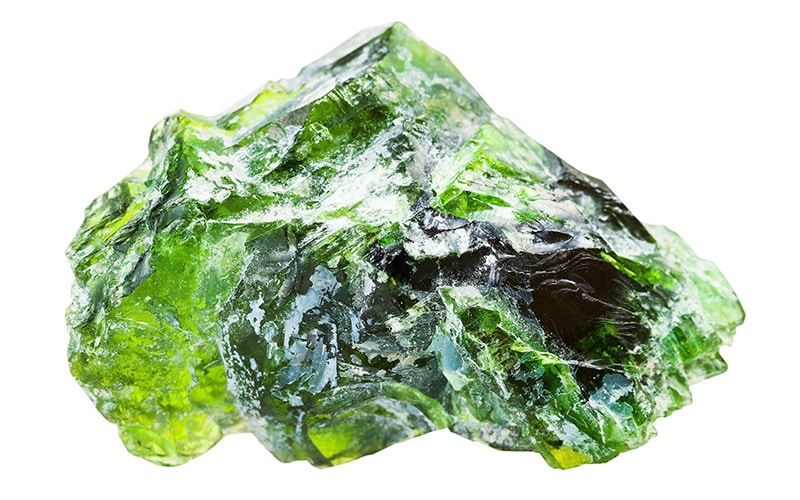
Emeralds Under the African Sky
For just a handful of years now, “Ethiopian Emeralds” have been appearing on the world stage. It still seems strange that we had to wait for such a long time.
Read more »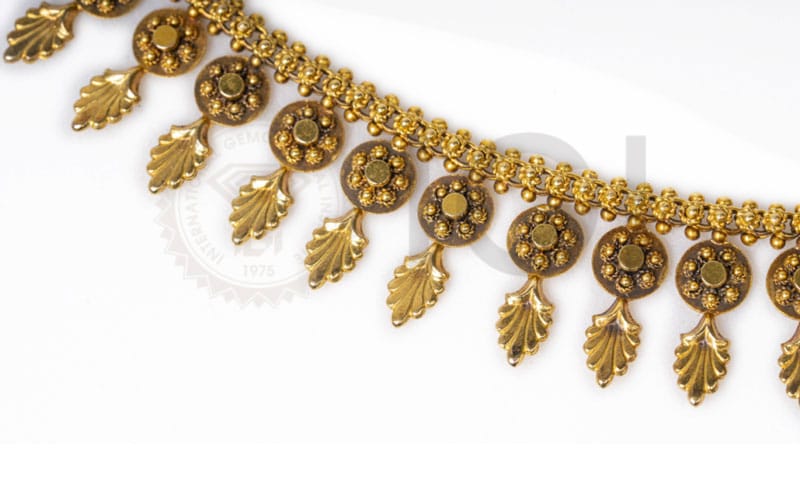
See Metal I.D. Performed on an Antique Etruscan Necklace
Recently the IGI Lab in Shanghai received an antique Etruscan revival style necklace from the mid to late 19th century. When the necklace was submitted, IGI gemologists immediately understood the reason it was sent for identification: It seemed to weigh less than it should and, therefore, was suspected to be made of gilt copper, rather than gold.
Read more »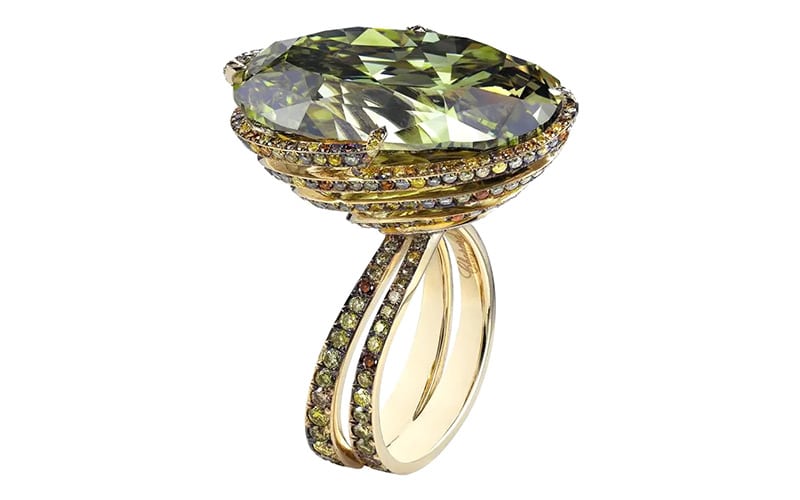
The Classic Chameleon Diamond
Gemologists from IGI Shanghai recently provided images and information regarding one of nature’s rare and stunning wonders, the chameleon diamond.
Read more »
The Gemstones of Mars are Coming!
How exciting! After flybys, orbits and epic landings, a future mission will bring rocks home from the red planet’s surface.
Read more »
The Spinel Murder Mystery of 2015
Mystery \ mist(ə)rē \ : inexplicable or secretive quality or character. A plot. An (international) intrigue, along with the solution […]
Read more »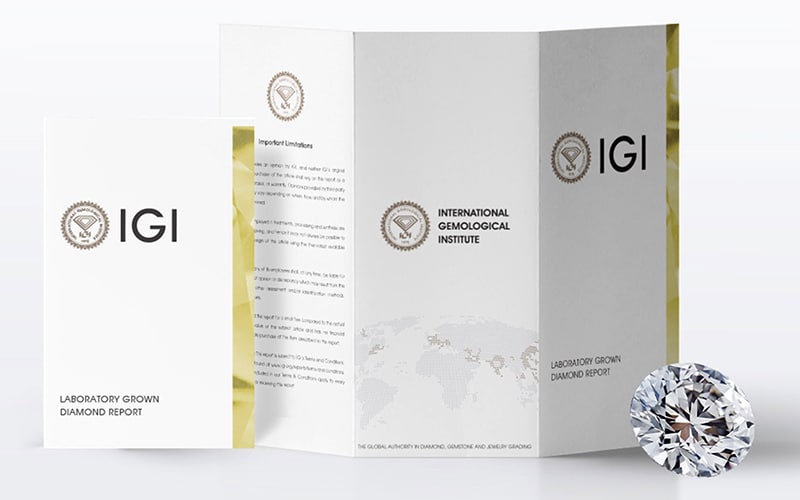
IGI Lab-Grown Reports now Indicate Treatments
In a proactive move, delivering even more information to jewelry sellers and buyers around the world, IGI has added a new detail to its lab-grown diamond grading reports.
Read more »
Same Carat Weight – Visible Size Differences
Different 1.00 carat diamonds can look different sizes. This is because we typically view diamonds from a single direction: Above. Imagine cooking a 1 pound meatball and a 1 pound pancake. On your scale they weigh the same. But the meatball’s weight is distributed in a deeper geometry.
Read more »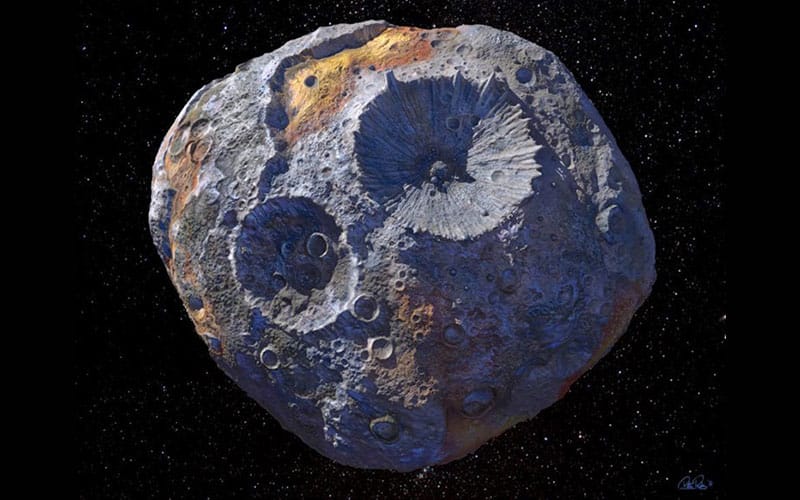
See the Asteroid worth more than our global economy
The valuable asteroid composed entirely of iron and nickel drew to within 1.6 astronomical units (AU) of Earth over the weekend. If you’re in the USA grab your telescope, escape light-pollution, find an elevated position and look to the north. 16 Psyche will be in the constellation of Taurus tonight.
Read more »
Register NOW for our Wednesday Webinar
Click here to register and join us at 2:00 PM EST on Wednesday for “New Talking Points about Lab-Grown Diamonds,” a 45-minute webinar from IGI and Jewelers of America. Whether you sell lab-grown diamonds or not, teaching your clients something new builds trust in your professional expertise.
Read more »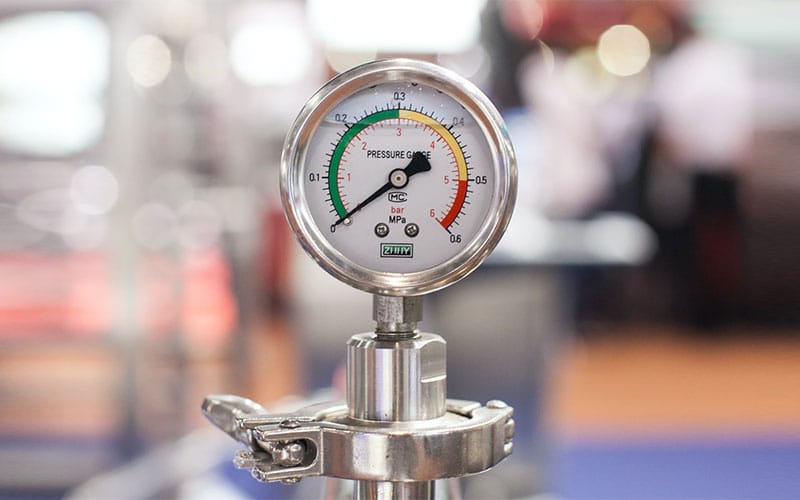
Diamonds Created without Heat – a Scientific First
Our planet’s supply of diamonds were produced by four different processes. One took over a million years to achieve results. The next have been working in laboratories and factories, with increasing success, since the 1950s. But until this month man had never replicated that final process.
Read more »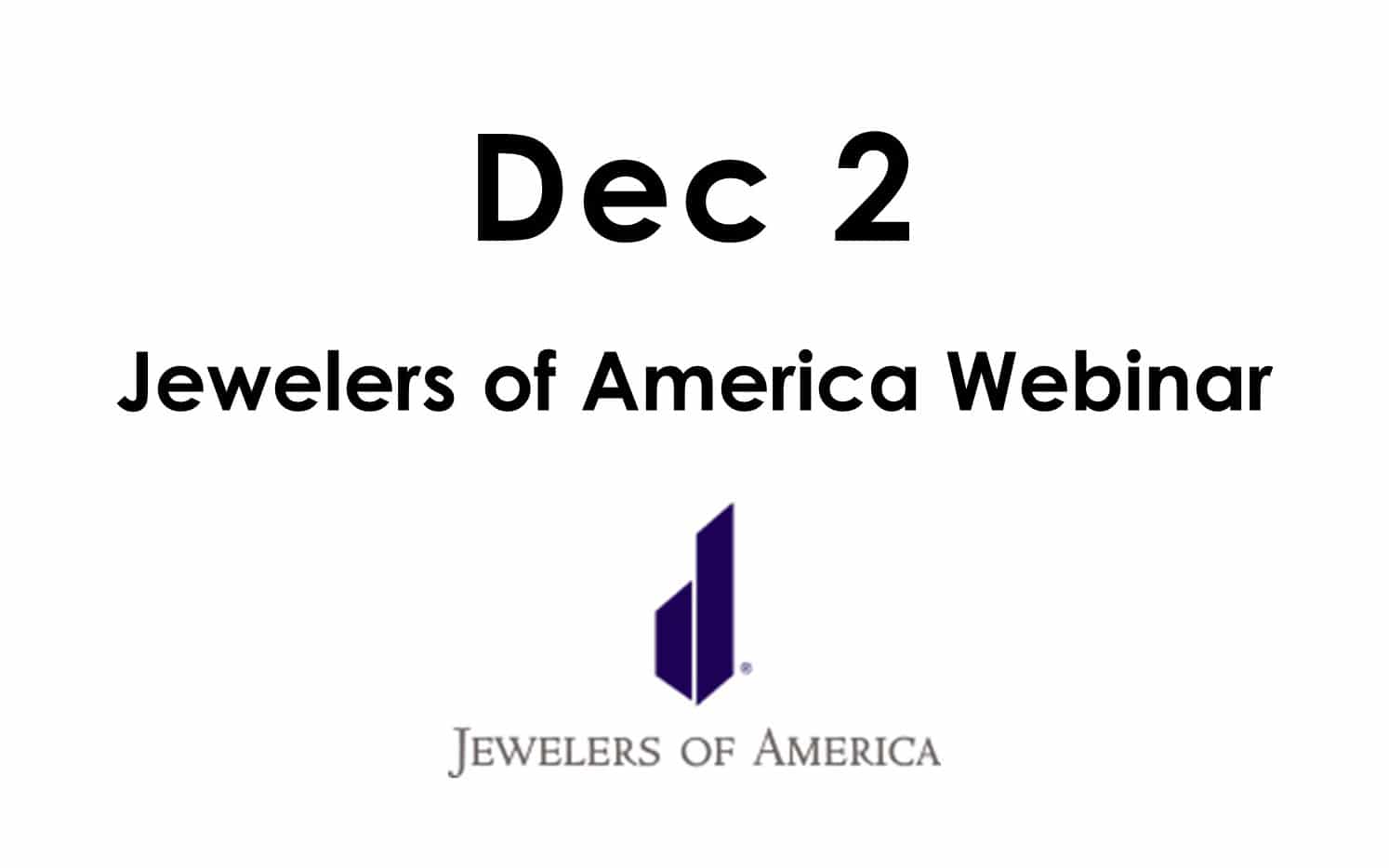
Register for our Dec 2 Lab-Grown Diamond Webinar
Jewelers of America and IGI are pleased to present an educational webinar at 2:00 PM Eastern Time Wednesday December 2. Learn physical differences, distinctive characteristics and quality-factors attributable to growth methods and timelines.
Read more »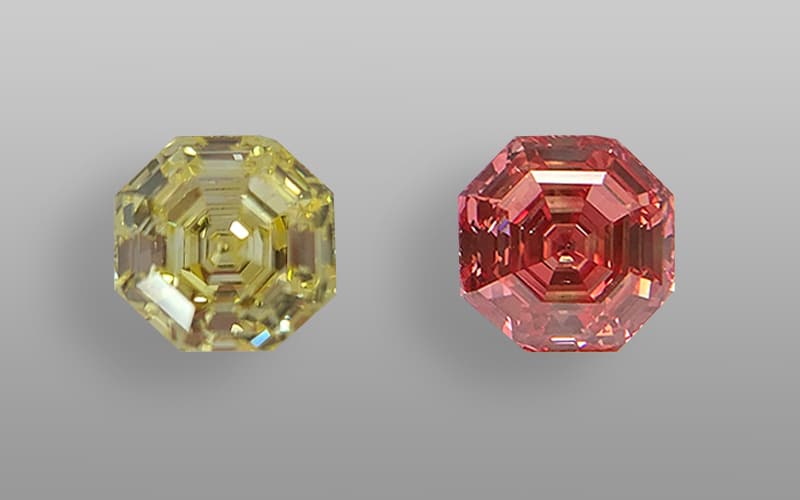
See this 10-carat LGD’s color transformed from yellow to pink!
This 10+ carat HPHT produced lab-grown diamond was initially graded Fancy Intense Yellow by IGI. When it returned to the lab its color had been changed to Fancy Vivid Pink. IGI confirmed that the color had been shifted from yellow to pink through irradiation using a 5MeV Electron Beam Transfer system.
Read more »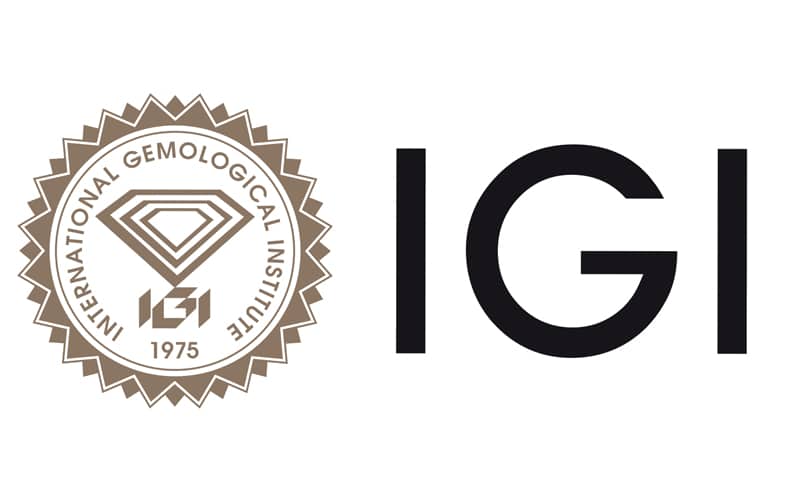
IGI welcomes GIA and AGS to lab-grown diamond grading
Earlier this month GIA and AGS announced policy changes regarding lab-grown diamonds. IGI is proud to see other organizations adopt our long-held philosophy regarding the dual-channel legitimacy of natural and lab-grown diamonds, and believe professionals and consumers alike will benefit from the increased transparency in our industry.
Read more »
Chicken cleaning and heat treatment. What?
Treatments have been used to enhance the appearance of gemstones since ancient times. The Egyptians, Greeks and Romans used dyes, coatings, oils and other methods to improve the color, durability and luster of their gemstones and pearls. But the most fascinating and fanciful tool used for enhancements may very well be the humble chicken.
Read more »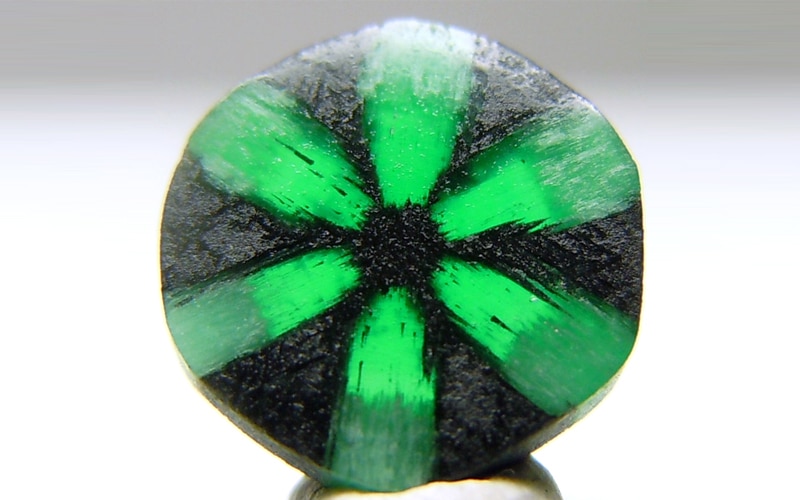
Trapiche gemstones and Carmel Sapphire
Have you ever heard of “trapiche” gemstones? Those elegant six- pointed stars, so unique, so rare, so peculiar, such as emerald-beryl, ruby-corundum and sapphire-corundum, garnet, tourmaline and chiastolite? What about Carmel Sapphire, never found before on the whole terraqueous globe
Read more »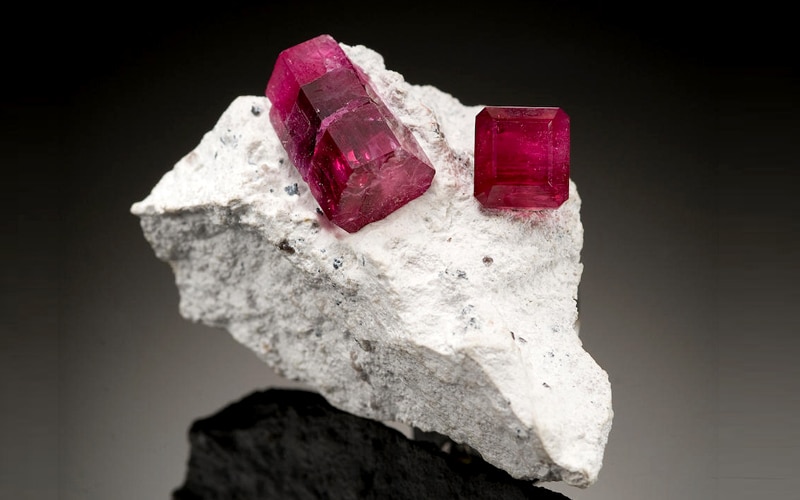
What’s 150,000 times more rare than diamond?
An extremely rare variety of beryl which gets its red color from trace amounts of manganese, the Utah Geological Survey estimated that one crystal of red beryl is found for every 150,000 gem-quality diamonds. In 2006 the Jewelers Association designated red beryl as the world’s rarest colored gemstone.
Read more »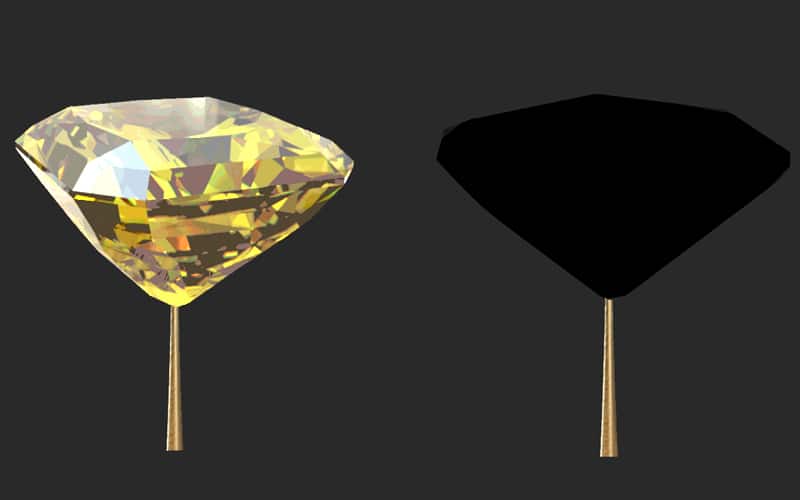
Science and Art: From brightest to blackest carbon
The “disappearing diamond” is a 16.87 carat natural Fancy Vivid Yellow SI1 Radiant shape, coated by carbon nanotube technology which absorbs more than 99.96% of light and is the blackest material in existence.
Read more »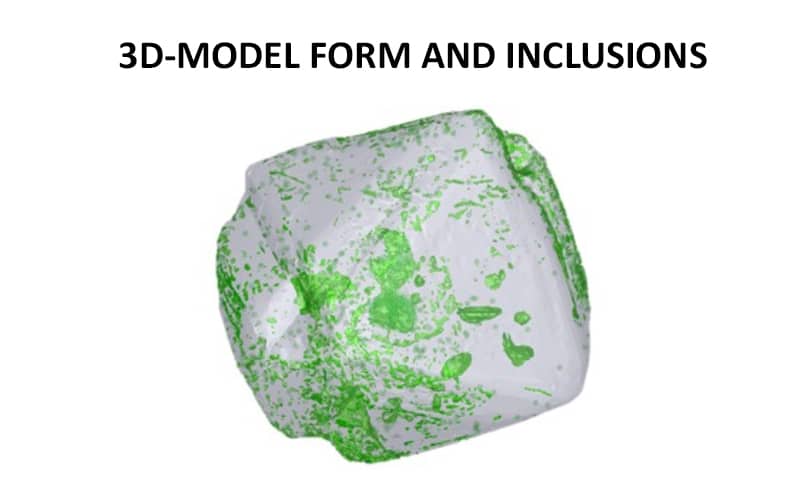
Rough diamond sales go digital
Rough sellers are partnering with technology providers to facilitate digital-scans, videos and potential polishing plans for rough diamonds to their customers. Originally intended to facilitate pre-selection of choices ahead of traditional tenders, remote-purchasing has now become an option.
Read more »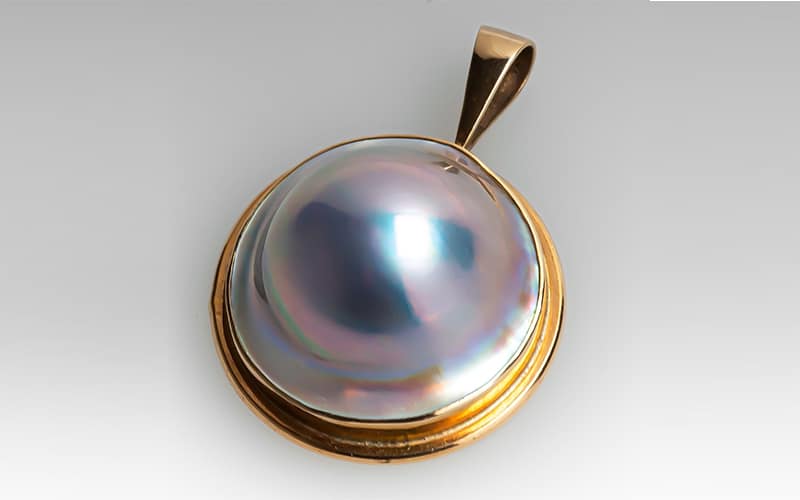
Monday mabe’ musings: Pearls of wisdom
Not everyone understands the importance of a transparent, accurate report of the gemological materials included in jewelry. And yet, such reporting not only advances your competitive position. It also serves to protect against legal disputes and demonstrates corporate social responsibility.
Read more »